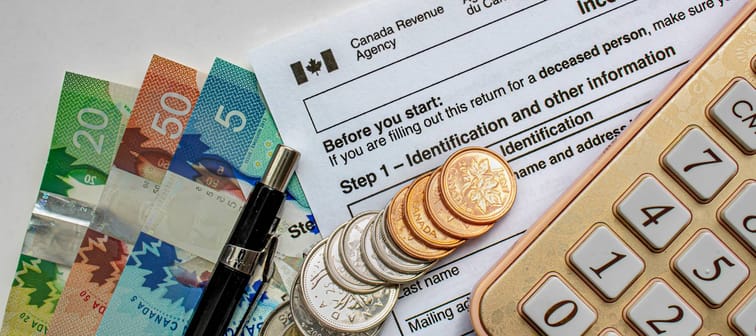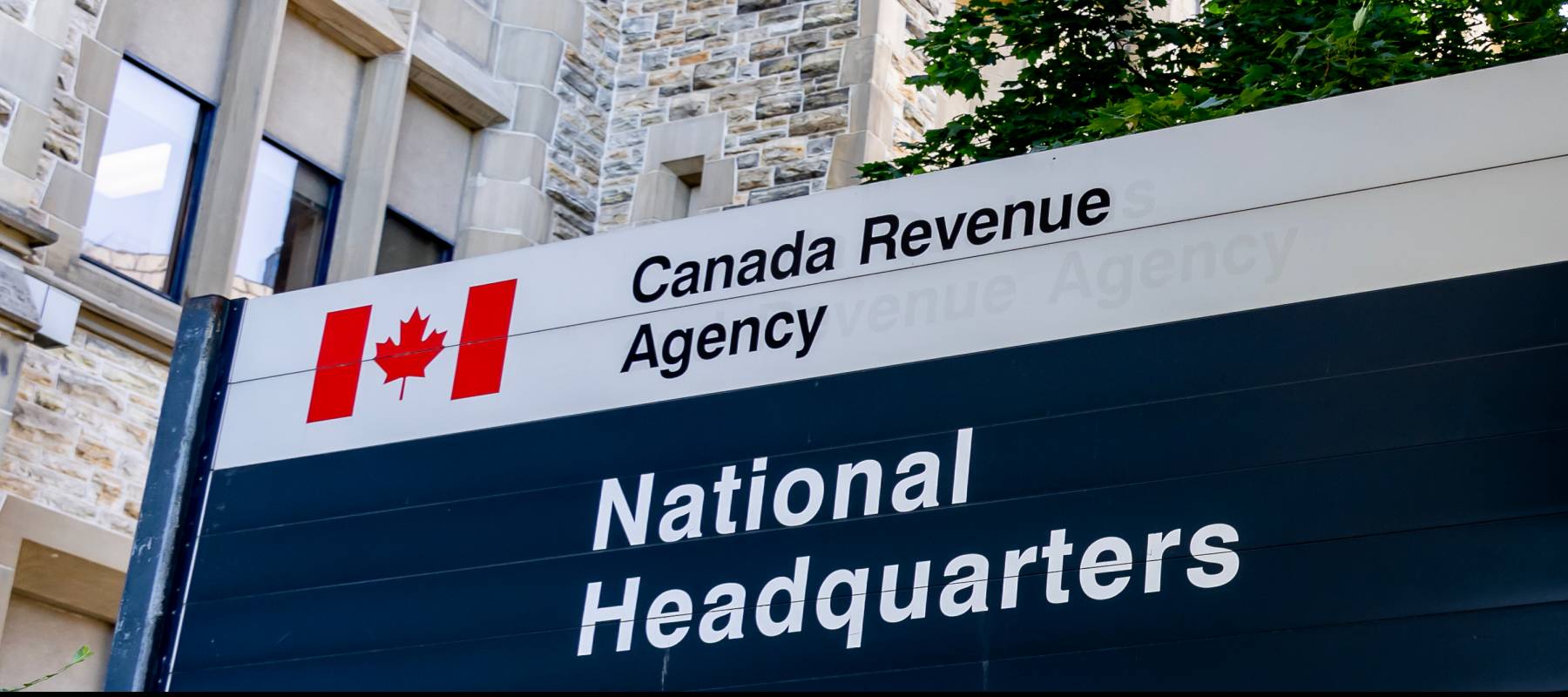Do gather all your documents
Before you attempt to file your taxes, you’ll need to gather all your documents including:
- Income slips: T4 slips for those employed, employment insurance benefits, tuition, interest slips, Old Age Security and Canada Pension Plan benefits
- Receipts: Registered Retirement Savings Plan (RRSP) contribution receipts, child-care expenses, medical expenses, charitable donations, moving expenses, business expenses
- Other documents: Notice of assessment, social insurance number, access code to file online
Most of these documents should have been delivered to you by now. Alternatively, you could check your Canada Revenue Agency (CRA) account to see what documents have already been uploaded by your employers and financial institutions. Note that not everyone provides physical receipts, so you may need to download them or ask for one to be mailed.
Unexpected vet bills don’t have to break the bank
Spot Pet Insurance offers coverage for treatment of accidents, illnesses, prescriptions drugs, emergency care and more.
Plus, their preventative care plan covers things like routine check-ups, microchip implantation, and vaccinations, if you want to give your pet the all-star treatment while you protect your bank account.
Get A QuoteDon’t miss the deadlines
The usual tax-filing deadline for individuals is April 30. However, since that falls on a Saturday this year, the CRA has moved the deadline to May 2.
For those who are self-employed, you have until June 15 to file. That said, if you’re self-employed and owe any taxes, you need to pay the balance due by May 2, 2022. This payment deadline applies to all individuals who owe taxes.
More from Money.ca
- 5 things experts say you should do to get the most out of your tax refund?)
- New to Canada or the workforce? Here's what to know about filing taxes?
- When can you toss tax returns and other records?
Even if you don’t have the funds available to pay your taxes, you should always file on time. By doing so, you’ll avoid any penalties and interest charges. In addition, by filing your taxes, you may become eligible for benefits such as the GST/HST credit and the Canada Child Benefit.
Do file securely
When filing your taxes, you should be using NETFILE certified software since it’s the government of Canada’s secure online service. Since you’re filing online, your information will be submitted securely. Whereas if you did things by hand and mailed your documents, there’s always a possibility that your information could be compromised.
Even though filing online is easy and secure, there are a few other things to consider. Make sure you’re only filing at home with your secure Wi-Fi network. Using public Wi-Fi to file your taxes is never a good idea since you’ll be inputting your sensitive personal information.
Canada’s top credit cards—find your perfect match!
Maximize rewards, save on interest, or earn cash back. Compare the best credit cards in Canada and pick the one that works for you!
Find Your Card NowDon’t be afraid to pay for help
Admittedly, filing taxes is not a fun experience for everyone. Instead of stressing over things, it’s probably worth paying for help.
Although there are different versions of tax software that are free, some have paid versions that have extra features. For example, with TurboTax Live Full Service, you can hand off all your documents to a tax expert and have them file for you.
If you prefer to work with someone in person, booking a meeting with an accountant or tax preparer can be worth your time and resources. This is especially true for self-employed individuals or small business owners who may have a more complicated tax return.
Do contribute to your RRSP
The deadline for RRSP contributions passed on March 1, 2022, but that only applies to the 2021 tax year. You can still add to your RRSP throughout the rest of the year. Although this won’t give you a tax break for your 2021 taxes, it’s a good idea to invest regularly, so you can watch your money grow.
Come next year, you’ll be able to take advantage of the tax deductions that your RRSP contributions provide you. For every dollar you contribute, your income for the year is reduced by the same amount. For example, let’s say you earned $60,000 and contributed $5,000 to your RRSP. That means your taxable income for the year would be $55,000.
Don’t forget about additional deductions
Even if you didn’t contribute to your RRSP, there are a few tax credits and contributions you don’t want to forget about. Some of the most popular ones include:
- Work from home expenses: If you worked from home more than 50% of the time for at least four consecutive weeks in 2021, you can claim $2 a day up to 250 days.
- Digital news subscription: The CRA allows those subscribed to a qualifying Canadian journalism organization to claim up to $500 in tax credits.
- Charitable tax credit: When you donate to a registered charity, you can claim your donation as long as you receive an official receipt.
- Self-employment expenses: For those who are self-employed or own a small business, you can claim various expenses such as advertising, office supplies, bank fees, inventory, your cellphone bill, and more.
- Child-care expenses: You can claim child-care expenses such as caregivers, daycares, day camps, boarding schools, and more.
Do protect yourself from scams
There have been multiple fraud reports over the years where thieves pose as the CRA. These fraudsters will claim that you owe money or try to get you to give up some of your personal details.
These scams typically happen over the phone, but there are also email versions. To protect yourself, keep the following in mind:
- The CRA will never ask you to pay taxes in cryptocurrency or gift cards
- The CRA does not send local law enforcement to arrest or deport you
- Be very careful about giving personal information via text messages or emails
- CRA agents will not apply for benefits on your behalf over the phone
- If you’re not sure if the caller is legitimate, contact the CRA directly and ask
Don’t ignore tax instalments
If the income tax you owe ever exceeds $3,000, the CRA may require you to start making quarterly tax instalments. While this will rarely happen to most individuals, it may occur for many self-employed individuals and those with insufficient or no taxes withheld.
The amount you’ll need to pay will always be one quarter of the tax owing from the previous year. For example, if you owe $4,800, each instalment would be $1,200. Missing an instalment will result in interest charges calculated from the day your balance was due.
Smart investing starts here
Get 100 free online equity trades with promo code EDGE100 when you open a CIBC Investor’s Edge account by Sept. 30, 2025. Click here to unlock 100 free trades and take control of your investments. Get started today.









